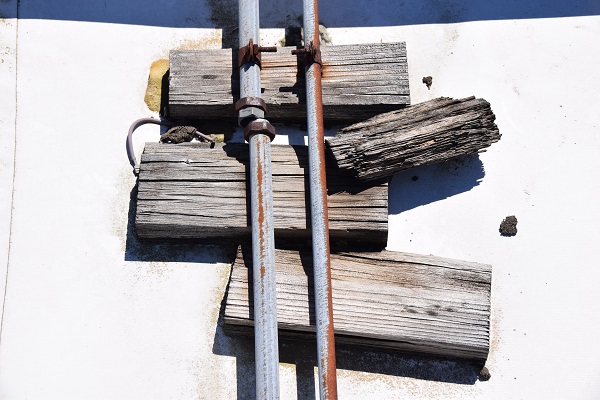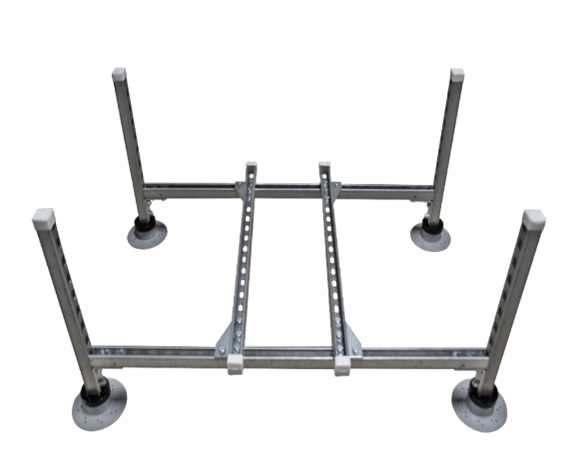Posts Tagged ‘hvac’
The toxic top: The environmental and structural risks of treated lumber supports on rooftops.
The market has been shifting away from treated wood blocks for rooftop support of pipes, HVAC equipment, and ductwork, etc., largely because they are subject to biodegradation—in other words, rot. When the sleepers deteriorate, they cause pipe sag and unbalanced HVAC equipment which shortens operational life. But there are other issues—critical ones—for moving toward other…
Read MoreTall VRFs/Mini-Splits: Blowing in the Wind? Here’s an Answer.
Mini splits are becoming increasingly popular on commercial buildings as well as residential housing. Usually, they can be mounted on any number of support systems, but the taller, narrower profile of the larger units creates a level of vulnerability. In windy conditions, it can tip over, even if mounted. The greater surface area of the…
Read MoreSecuring HVAC Equipment on Mod-Bit Roofs without Mechanical Fastening
Modified bitumen roofs continue to maintain a significant share of the domestic market. Mod bit is often described as “rubberized” asphalt, meaning it consists of asphalt and a polystyrene or polypropylene polymer infused into a reinforcing fabric. It is applied in 4’ squares as a two-ply system: first a base sheet, then a top sheet…
Read MoreKnuckleHeads Prevent Split Tip-overs in High Winds
KnuckleHeads Prevent Split Tip-overs in High Winds Roof-mounted heat pump splits are often attached to 4’ X 4’ treated wood beams, which are loose laid on the roof membrane. While this has been common practice for many years, the emergence of taller “double stacked” units has created a new problem: “wind sailing.” Contractors and building…
Read More

